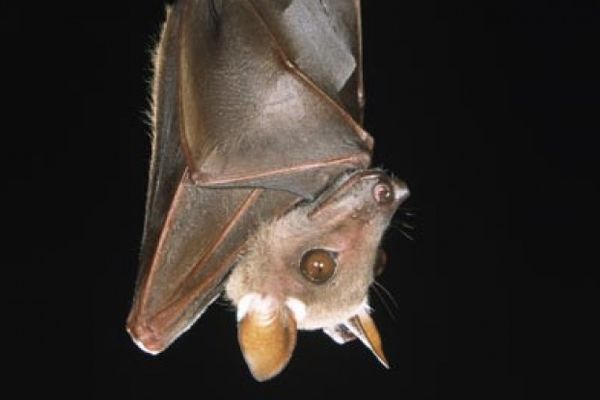
"Mamama," "dadada," "bababa" — parents usually welcome with enthusiasm the sounds of a baby's babble. Babbling is the first milestone when learning to speak. All typically developing infants babble, no matter which language they're learning.
Speech, the oral output of language, requires precise control over the lips, tongue and jaw to produce one of the basic speech subunits: the syllable, like "ba," "da," "ma." Babbling is characterized by universal features – for example, repetition of syllables and use of rhythm. It lets an infant practice and playfully learn how to control their vocal apparatus to correctly produce the desired syllables.
Advertisement
More than anything else, language defines human nature. But its evolutionary origins have puzzled scientists for decades. Investigating the biological foundations of language across species — as I do in bats — is a promising way to gain insights into key features of human language.
I'm a behavioral biologist who has spent many months of 10-hour days sitting in front of bat colonies in Panama and Costa Rica recording the animals' vocalizations. My colleagues and I have found striking parallels between the babbling produced by these bat pups and that by human infants. Identifying a mammal that shares similar brain structure with human beings and is also capable of vocal imitation may help us understand the cognitive and neuromolecular foundations of vocal learning.
Advertisement



